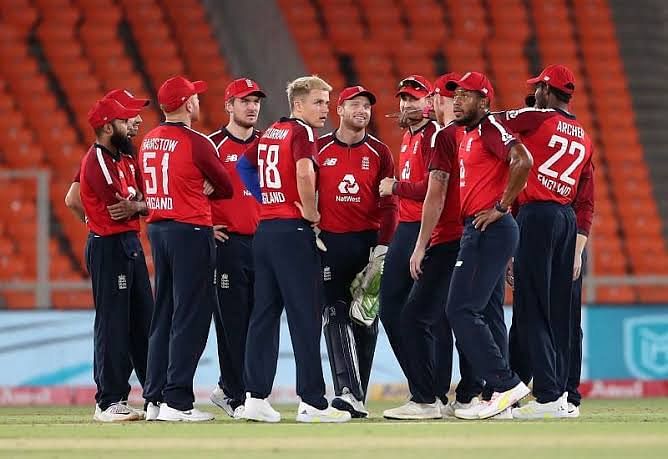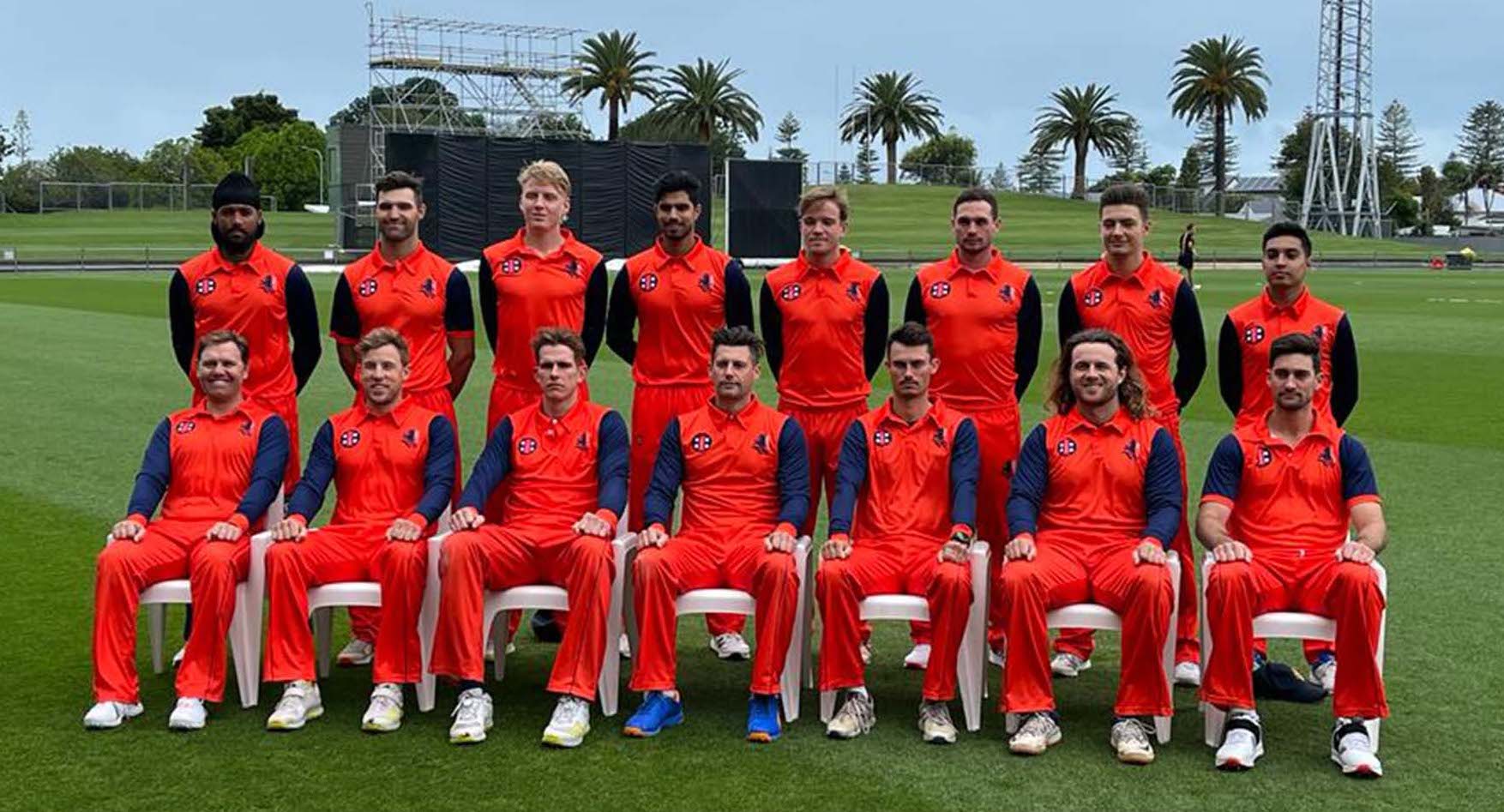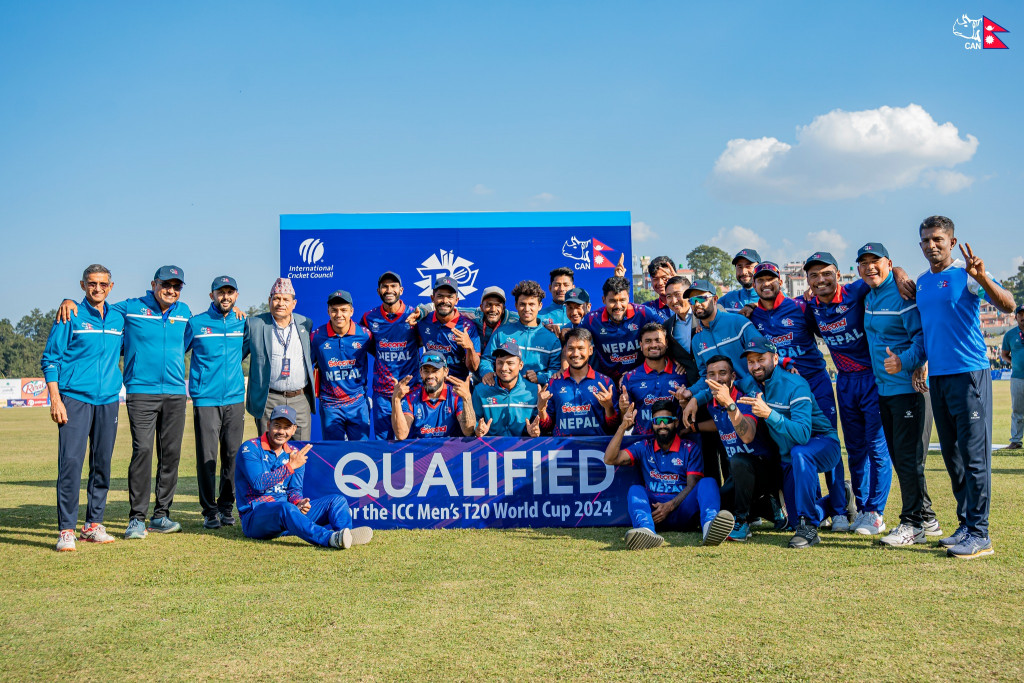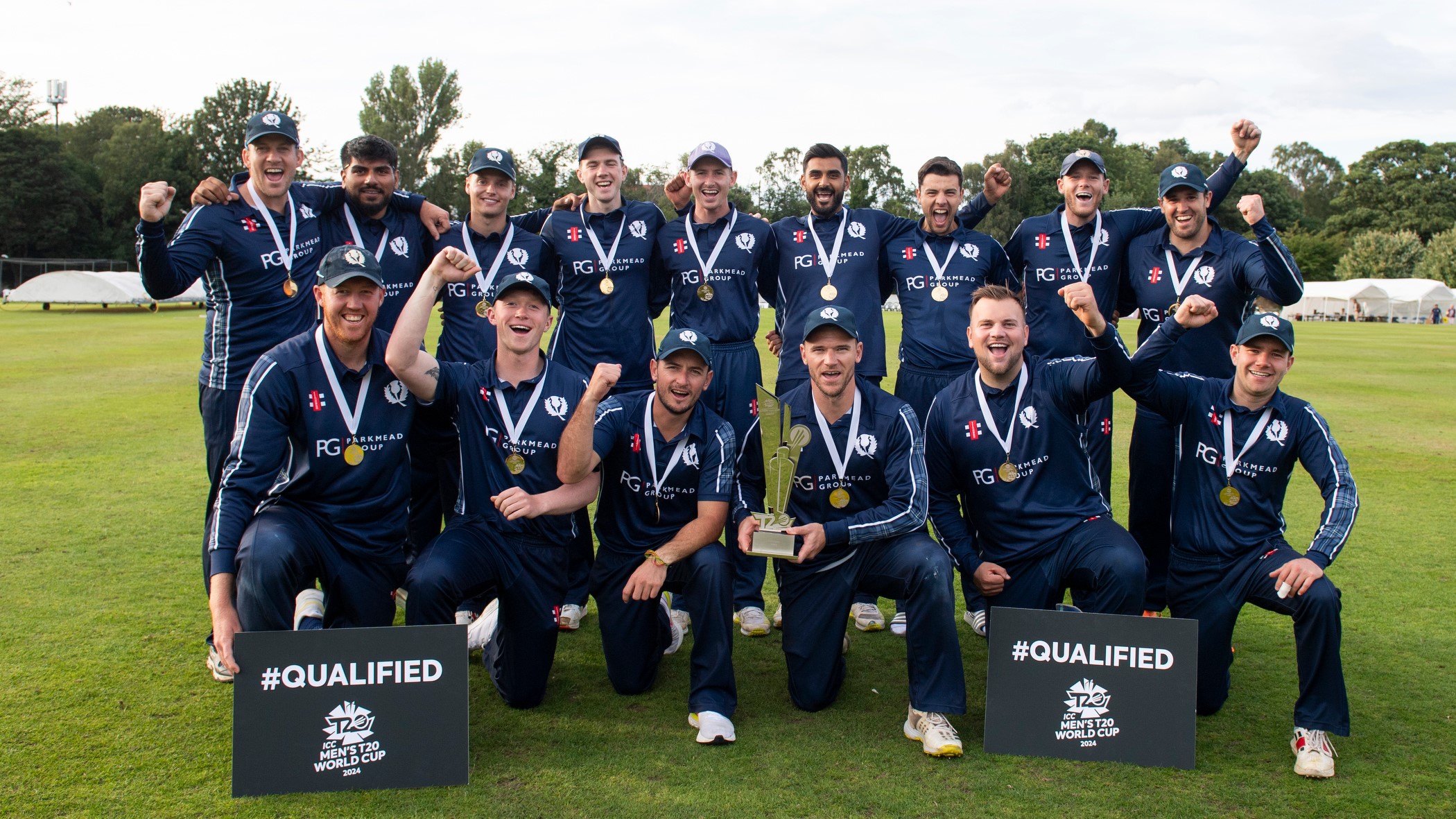T20 cricket shot into prominence during the mid-2000s and the shorter format of the game appealed much to the audience. The T20 format is seen as more of a batsmen-friendly game that contains high-octane entertainment.
This format can be absolutely brutal for the bowlers, yet some have found ways to find success with their trades. Today we take an in-depth look into how different phases of play can contribute towards a winning total for the team batting first in T20 cricket.
Runs
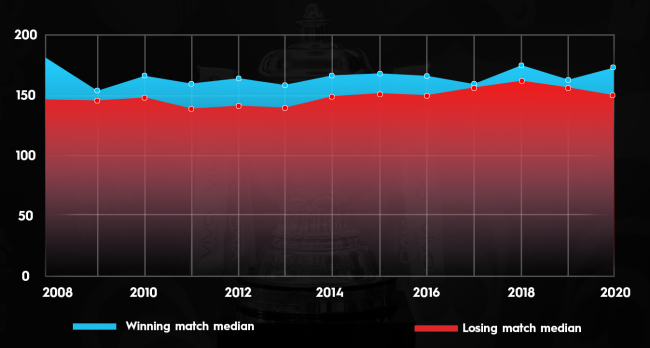
The runs scored or the lack of it can have fatal consequences on the format of the game. This was exactly the case when we studied the impact the first innings score has made on a winning or losing cause through a span of 13 years.
Beginning with 2008, the match-winning median run stood at 180, whereas anything below 140-144 resulted in a losing scenario. The most competitive period experienced was in 2017, where the winning and losing scores were almost similar. Which meant there was no good target and every game was a fight.
Phases
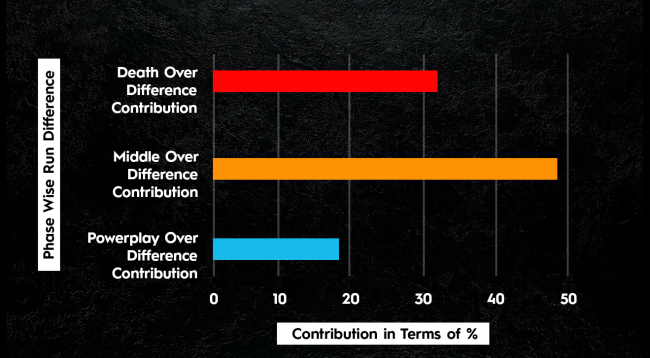
As we delve deeper, the mean run difference between winning and losing scores over the 12 years stood to be 21 runs. This extra set of 21 runs can be scored during any phase of the batting innings, it could come in very handy to give you an upper hand in the match.
Looking at the contribution of different phases, even though all conditions favor the batsman in the powerplay, it makes the least difference to your overall run contribution. Even though death overs are when batsmen look to go berserk, it’s their handling of middle overs that matters.
Wickets
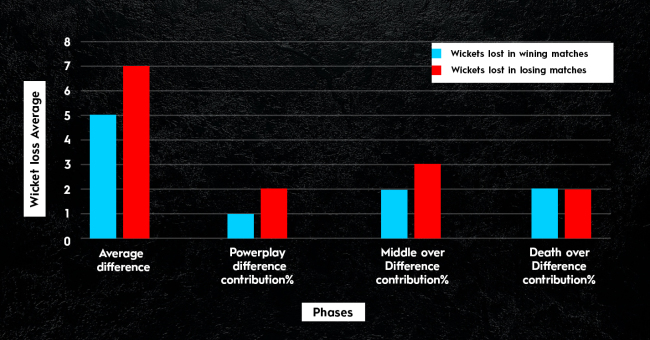
Though runs matter, scoring them can be much easier said than done. Much of it depends on the playing conditions, bowlers faced, and wickets in hand in different phases of the game.
Studying the influence the wicket count have during the game, very unsurprisingly on average losing more wickets leads to lesser chances of winning the game. with wickets lost during the middle overs can make a telling difference to the number of runs a team can score. This directly coincides, with our earlier conclusion of how important the middle overs are.
Verdict
All in all, it's safe to say, batsmen do not have the complete say in this format of the game. A thoughtful and methodical team will choose to control phases and know when to accelerate the innings and when to play it safe. As concluded from before, keeping wickets in hand and concentrating on playing out the middle overs well, gives the team batting first a very good chance in posting a competing total to win the match.
In the coming days, we will take a look at how batsmen have to approach different phases of the game, powerplay vs. death overs, and what the bowlers will be targeting to restrict the team batting first to a subpar score to gain the upper hand.
:et us know your comments about today's reviewand what new things you have learned from our exclusive analysis.
Stats Credits: Arghyadip Ganguly

